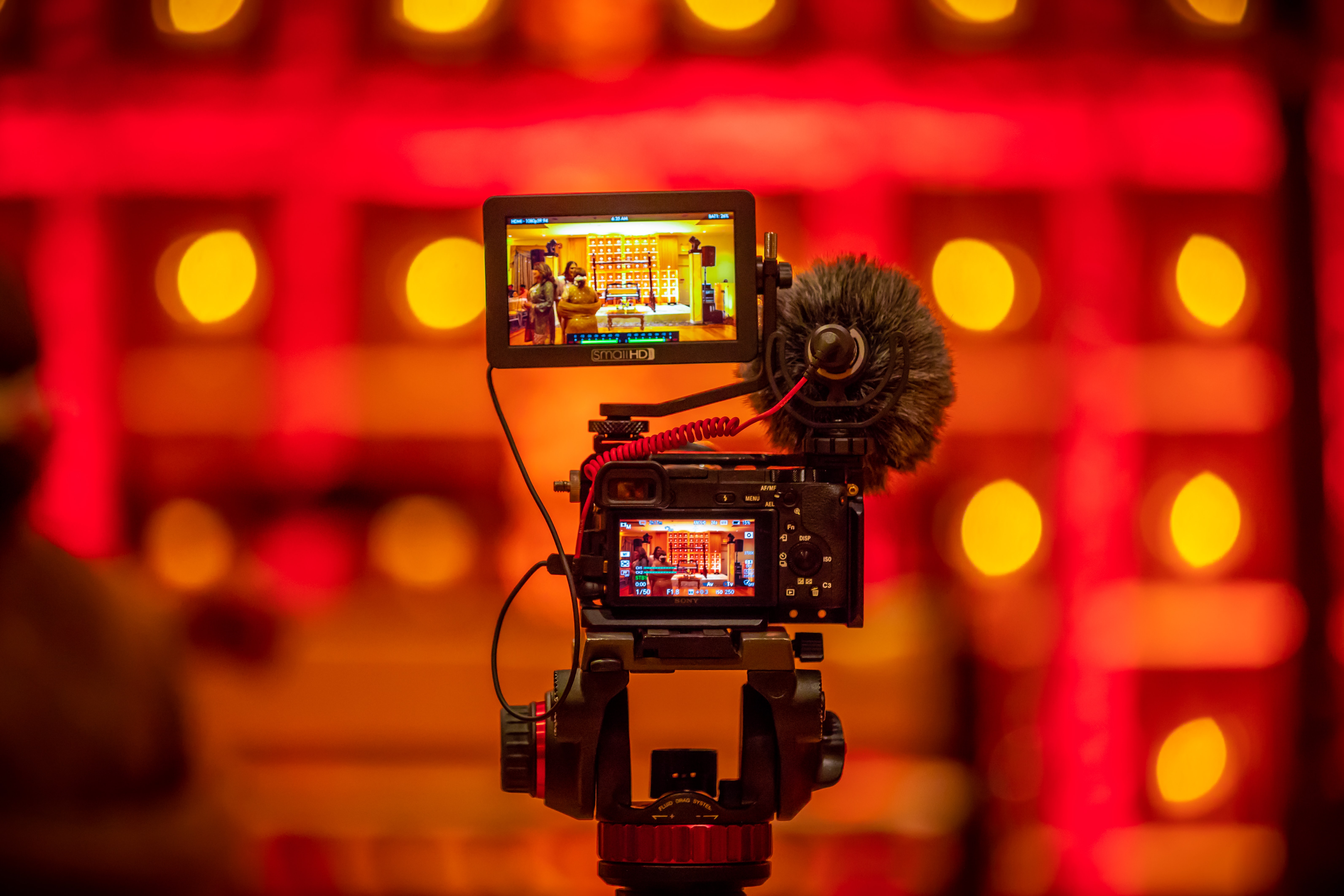How Brands Can Adapt Experiential Plans Amid COVID-19 Crisis
By Inspira Marketing
March 23, 2020
By Inspira Marketing
March 23, 2020
In this time of extreme disruption around the world, companies and consumers are dealing with the previously unimaginable obstacles presented by COVID-19. From airline and hospitality giants to your local bar or restaurant, each has been greatly impacted by the spread of this disease. As experiential marketers, we, too, are grappling with our own set of challenges. Namely, how can brands facilitate connection – with and for consumers – during an indefinite period of time without live, in-person events?
The coronavirus is a very serious issue, and consumers across the world have other concerns to attend to beyond getting marketed to. Therefore, we must make sure that any efforts in the interim are ones that inspire joy, promote goodness in the world, and create positive social engagement. Above all, we need to consider how our efforts are adding value to consumers’ lives during a difficult time.
So, how should a brand go about doing that? For many, the first instinct will be to go virtual. Many of us are becoming intimately familiar with Zoom, the video conferencing tool that has been working overtime to connect coworkers, families, and friends across the globe. Google Hangouts, Instagram Live, FaceTime, and Twitch are among the other virtual tools that consumers are turning to in order to connect with the world around them. But how can we leverage these tools to facilitate human connections and foster brand love?
‘
The reality is that not every physical event can be converted to a virtual one. Live streams have earned their place as one of the best ways to reach consumers during a time where in-person gatherings aren’t possible, but that makes it even more difficult to create a virtual experience that stands out. Before making the pivot to virtual, return to your original brief and consider what your goals were. If the goal was to share new content or to make a buzz-worthy announcement, a live stream may very well make sense. However, if the goal was more about relationship building, it’s important to make sure consumers are involved in a more material way than simply watching.
For an example of a live stream that created authentic engagements with consumers, consider Amazon’s 2018 activation for its reality road trip series, The Grand Tour. Partnering with Twitch and top-tier streamers from around the world, Amazon created a life-sized game of Battleship in which each square was linked to explosives that destroyed cars. Throughout the two-hour livestream, Twitch users could interact with others around the globe and choose a team to support by selecting squares on the grid to destroy. Ultimately, over 170,000 users took part in the broadcast and there were over 3.3 million views.
Twitch and Esports will certainly be valuable places for brands to engage with consumers during these times, but there needs to be a unique angle and a synergy between brand and audience. If not, there are myriad other ways for brands to bring entertainment or value to consumers’ lives. Whether it’s Oreo hosting virtual snack-time trivia during the day, Netflix hosting a co-branded ‘Moms’ Night In’ watch party, or Crayola hosting a virtual drawing class for kids, the engagement is there to be had for brands that bring a little brightness into our lives at this time.
Sources: “How are Experiential Marketing Agencies Grappling with Coronavirus?” Adweek (2020), “3 Things We’re Considering as We Rethink Live Events” Google (2020)